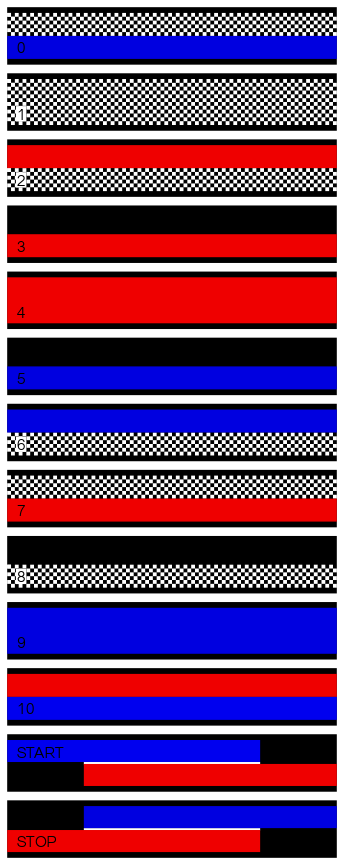WHEN IS THE BARCODE BIRTHDAY?
Barcodes are part of our corporate identity, a key element in identification, logistics and traceability, and undoubtedly linked to the essence of United Barcode Systems. This is its history:
It is quite complicated and there is some controversy surrounding its birth. There are theories that relate its creation to a system for identifying railroad cars, others that place its origin in Harvard in the mid-twenties and others that speak of two students from Pennsylvania in the fifties. Similarly, there is no unanimity as to the first product identified by this tool, so there are several possibilities.
SILVER AND WOODLAND: THE FATHERS OF BARCODE?
However, there is a majority of opinions that agree that this identification system has its origin in 1948, in Pennsylvania, USA. Bernard Silver and Norman Joseph Woodland were studying at Drexel University in Philadelphia. One day it came to their attention that the owner of Food Fair, a local supermarket chain, had approached the dean of the university in the hope of finding a solution to optimize the tracking of his inventory. That’s when the two students got involved in the project.
Months later, they present a system that uses fluorescent ink to mark products and ultraviolet light to identify them. The idea is not bad, but it is not as simple as Samuel Friedland, president of the supermarkets, had hoped, which means that the method does not prosper.
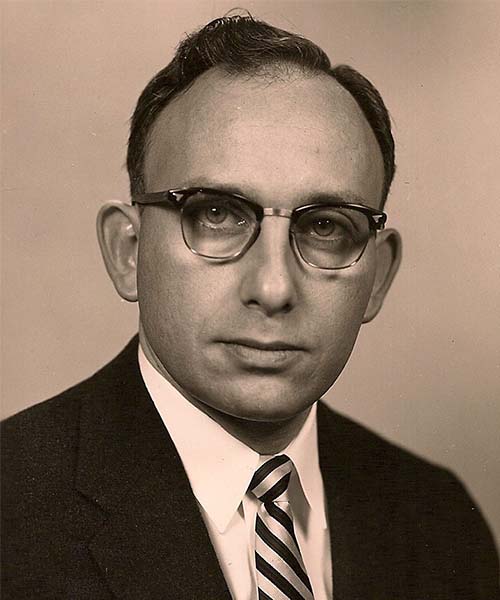 Norman Joseph Woodland
Norman Joseph Woodland
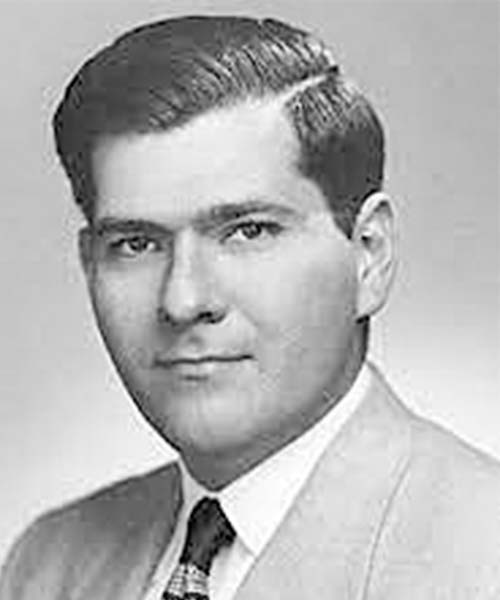 Bernard Silver
Bernard Silver
Woodland, then takes this challenge personally and decides to drop out of college and retire to Miami to devote himself entirely to the development of a system with which to encode the information of the products in the store. There is a fable that tells how Norman, one day playing at writing Morse code on the beach, decides to extend vertically those dots and stripes in the sand creating the first (Morse) barcode in which thin bars, thick bars and blank spaces were combined. Later, he would redesign this sketch by making the lines circular and concentric, so that the circular barcode could be read no matter where the product was placed on the shelf.
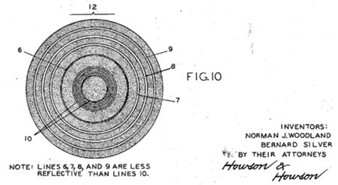
Woodland and Silver patented circular barcode
From this development arose the proposal submitted to the patent registry on October 20, 1949 and accepted (with the code 2.612.994) on October 7, 1952 by Silver and Woodland: a circular bar code with concentric lines of different thicknesses. The idea was never put into practice, as the method of reading the information was complex and made the process too expensive. The patent was eventually sold to the American company RCA, Woodland started working at IBM and Silver died before he could see his idea implemented.
COLLINS, ALEXANDER AND STIETZ: THE OTHER PARENTS OF BARCODE
Meanwhile, in the 1950s, David Collins, an MIT student working for Pennsylvania Railroad, understood a latent need to identify railroad cars automatically.
At the end of his studies, he went to work for GTE Sylvania where he passed this observation on to two engineers, Raymond Alexander and Frank Stietz, from which they developed the KarTrak; a system of colored refractive stripes on the side of railcars that encodes a ten-digit identifying number. This is often considered the first bar code to be successfully employed for commercial purposes, however, it is a simpler, very specific and relatively successful method. The system is tested in Boston and Maine between 1961 and 1967, but in the early seventies, when it becomes the standard for the entire USA, the economic crisis causes a wave of bankruptcies of railroad companies. This, added to the problems caused by the dirtiness of the cars in the identification process, led to the format being discarded at the end of that same decade.
Kartrack barcode system
LAURER: STANDARDIZATION OF BARCODES
The year is 1966 and the shopping experience in supermarkets is dire. Checkout counters are overflowing and it is not uncommon to see long lines of irritated people waiting to simply pay for their groceries. It is at this point that the National Association of Food Chains (NAFC) proposes to develop a universal labeling and scanning system to speed up the queues. They organized a call for tenders to which fourteen companies applied to find a solution. RCA, one of the fourteen, presented its first-round codes under the name of Bull’s Eye, an evolution of the patent of the two Philadelphia students. However, IBM, another of the other contacts who attended the presentation, decided to develop its own system. George Laurer, the project leader, had the invaluable help of Woodman, who was still working at the company. Thus, they took up the original rectangular idea of vertical lines, adding five variants marked with different letters according to the type of industry.
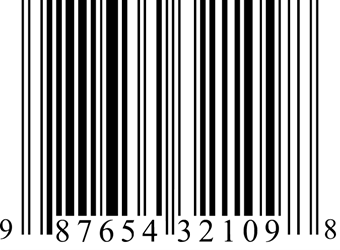
In July 1972, RCA begins an 18-month trial in a Cincinnati Kroger store. Barcodes are printed on small pieces of adhesive paper and hand-taped together with the price tags. The code proves to have a serious problem, as the printers are not capable of printing the circular code without the ink smudging the print, making it impossible to read in most orientations. The linear code being developed by Laurer and Woodland at IBM, however, is printed in the direction of the stripes, so excess ink would simply make the code «taller» without affecting readability. On April 3, 1973, the IBM design is selected as the NAFC standard.
On June 26, 1974, at 08:01, at a Marsh supermarket in Ohio, a customer buys a pack of Wrigley’s brand gum that is scanned by cashier Sharon Buchanan, the first product to be scanned with a bar code reader. The rest is history.

 Norman Joseph Woodland
Norman Joseph Woodland Bernard Silver
Bernard Silver
